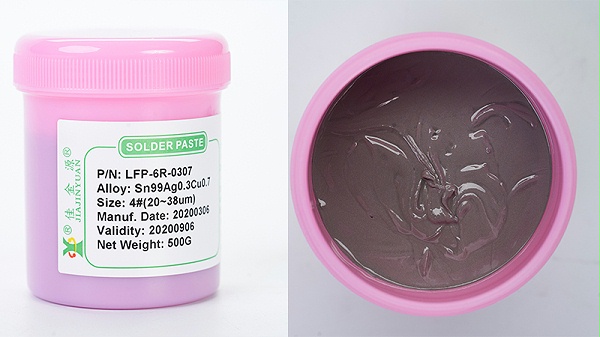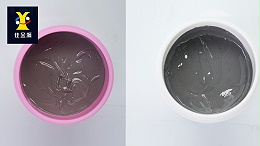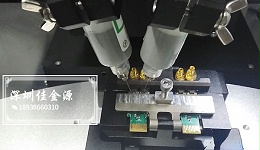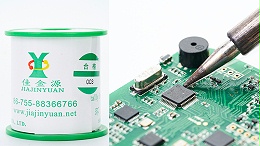
AboutSolder pasteThe melting point varies among different types of solder paste. For example, the melting point of low-temperature solder paste is138℃The melting point of high-temperature solder paste is217℃. Why are the melting points of solder paste different? The following solder paste manufacturer will explain:

The melting point of pure tin is approximately230℃. Generally speaking, alloy materials(A mixture of these two or more metals)Its melting point is lower than that of elemental metals. Depending on the properties and content of the alloy material, its melting point also varies.
We say that wherever there is a market, there are different products. Solder paste, various types of solder paste are made by adding different additives according to different needs, so their melting points will vary. Generally speaking, lead6337Melting point183℃The melting points of low-temperature tin and bismuth138℃Medium-temperature melting point172℃High-temperature melting point227℃,217℃. The soldering strength and shear force of high-temperature solder paste are superior to those of low-temperature solder paste. Low-temperature solder paste is brittle and solder joints are brittle.
The melting points of these several most common lead-free solder pastes:
Lead-free solder paste(0307)Its melting point is227℃,
Lead-free solder paste(105)Its melting point is221℃,
Lead-free solder paste(205)Its melting point is219℃,
Lead-free solder paste(305)Its melting point is217℃,
The conventional lead-free solder paste for medium temperature isSn64Bi35Ag1Melting point172℃Left and right.
Of course, there are also some unconventional lead-free solder pastes, and their melting points vary depending on the composition. We should pay attention to the difference. For example, the melting point of low-temperature solder paste is138℃The melting point of high-temperature solder paste is217℃.



